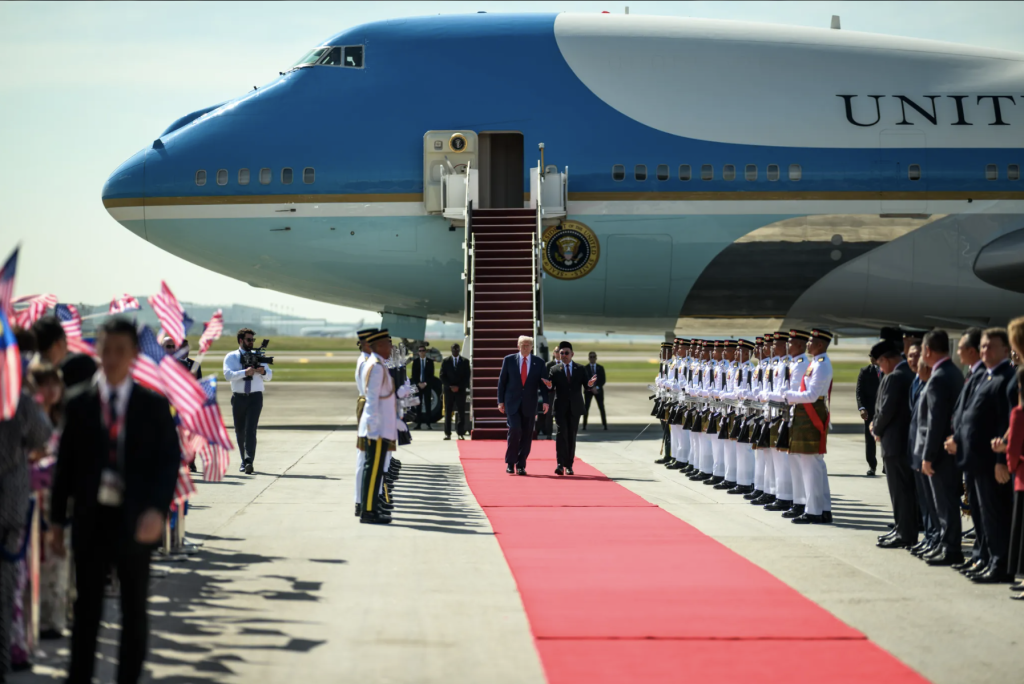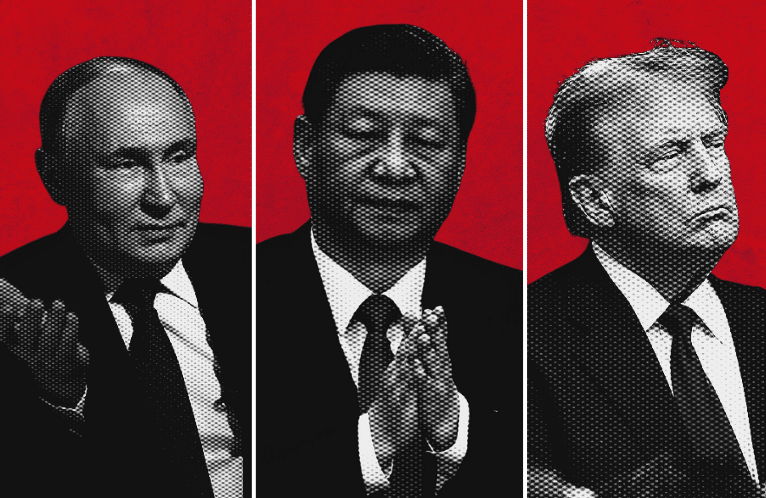Interview with Zhou Wenxing: Cross-Taiwan Strait Relations in the Next Few Years—Is War Inevitable?
Great Power Confrontation In The South China Sea
On Friday in Beijing, Sergey Lavrov and Wang Yi, the Russian and Chinese foreign ministers, presented a united stand against the US on a host of issues in their joint press conference.
Among the topics were Beijing’s territorial claims. “We are of the same view with Minister Lavrov that the disputes around the South China Sea should be settled peacefully through negotiations among the directly involved countries,” declared Wang. “We discussed the situation in the South China Sea,” Lavrov noted. “The Russian stance is invariable—these problems should not be internationalized—none of the external players should try to interfere in their settlement efforts.”
The irony, of course, is that Russia, a non-claimant, was involving itself by telling others not to involve themselves.
The US and Russia are not the only non-South China Sea states believing they have an interest in that contested body of water. India and, more recently, Japan have also made their presence felt, sending ships through what they consider to be a part of the global commons.
New Delhi has for years regularly sailed its warships to ports in Vietnam, its friend. In July 2011, a voice over the radio, identifying himself as the “Chinese Navy,” attempted to stop the INS Airavat, an Indian amphibious assault ship, as it peacefully steamed through international water on its way to Haiphong. Japan, for its part, as recently as last month, dispatched warships to Subic Bay in the Philippines.
So there is great power contention. On one side, Russia supports China’s attempts to close off most of the South China Sea, while America, India, and Japan, among others, want to keep the waters open to all.
In effect, it’s a zero-sum contest where both sides see a critical—and non-negotiable—issue at stake. But what makes the South China Sea even more dangerous is that the sides are ill-defined at the moment. Like in the days that preceded World War I, the situation is difficult for participants to anticipate, much less manage, because it is unclear what other powers will do in the event hostilities break out.
The US, for instance, could now face not just Beijing but Moscow over, among other things, Scarborough Shoal. China seized that reef from the Philippines in early 2012, and it appears China intends to turn it into a military fortress through reclamation.
China, on the other hand, could see Japan join America in the defense of the Philippines. The combination of possible alliances is not endless, but uncertainty must confound planners and policymakers.
The question is, will ambiguity temp Beijing?
The danger at the moment is that deterrence can fail in this complex situation. Chinese planners today should be haunted by the lesson Kim Il Sung learned in June 1950.
The North Korean dictator calculated that, after Secretary of State Dean Acheson famously left South Korea out of America’s “defense perimeter” in Asia, no nation would defend Seoul, so he launched an attack that precipitated the Korean War. Yet the US unexpectedly came to the South’s rescue as did 15 other nations fighting under the UN banner. Those nations beat back Kim, who in turn had to be rescued by a reluctant China and Soviet Union. In the end, North Korea lost territory when the armistice was signed three years later.
The one thing we know is that no state will listen to Lavrov and Wang when they say that others should leave China alone, especially when Beijing uses aggressive military and diplomatic tactics against other claimants. And that means any incident, however minor or accidental, can flare up into a big-power confrontation.
All the conditions for conflict, therefore, are in place in the South China Sea.
By GORDON C. CHANG May 4, 2016 on World Affairs Journal
Read more here








